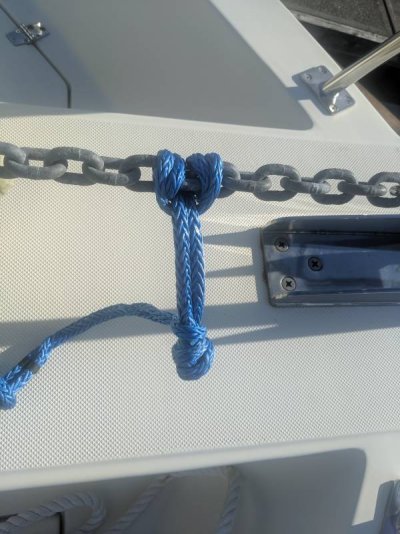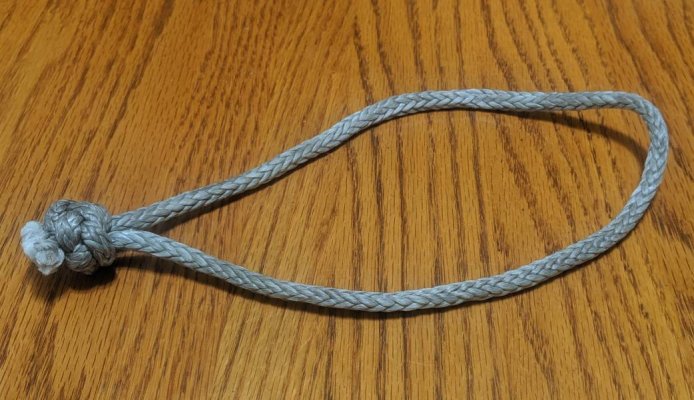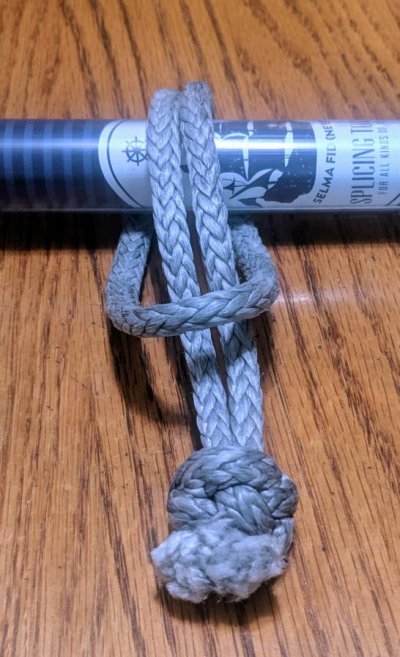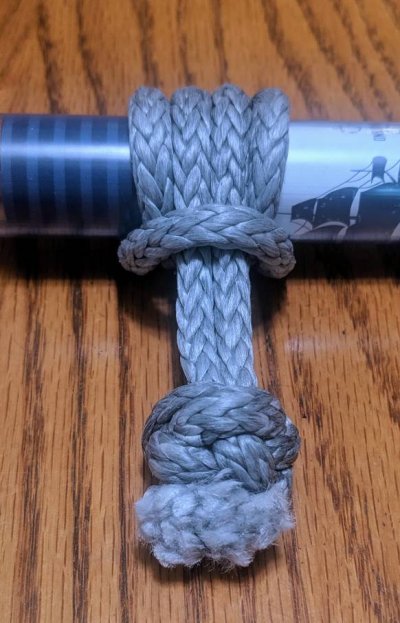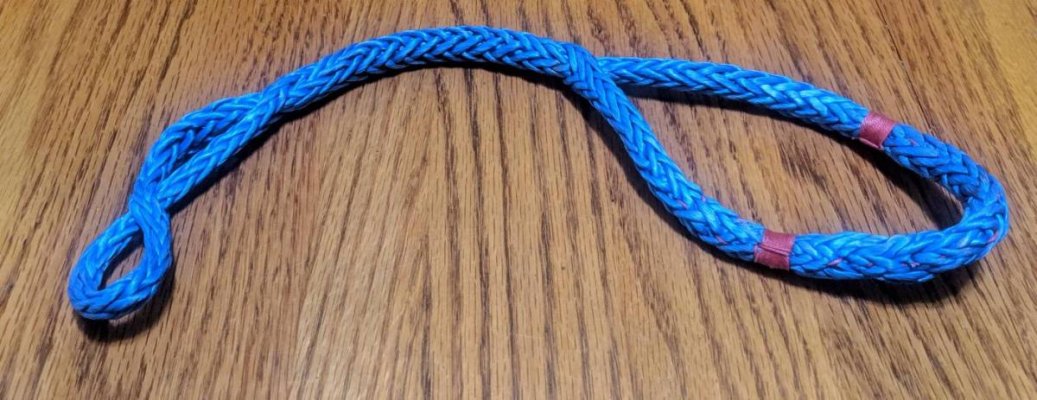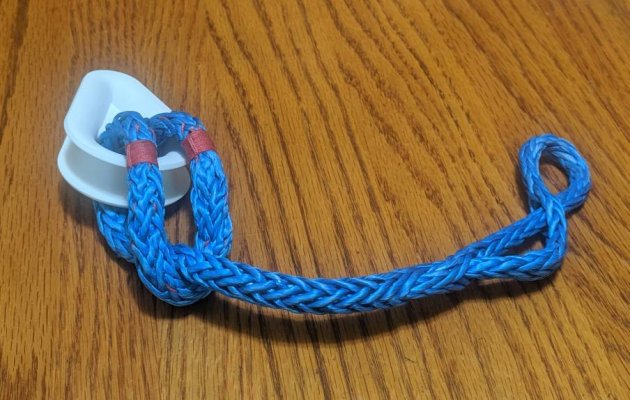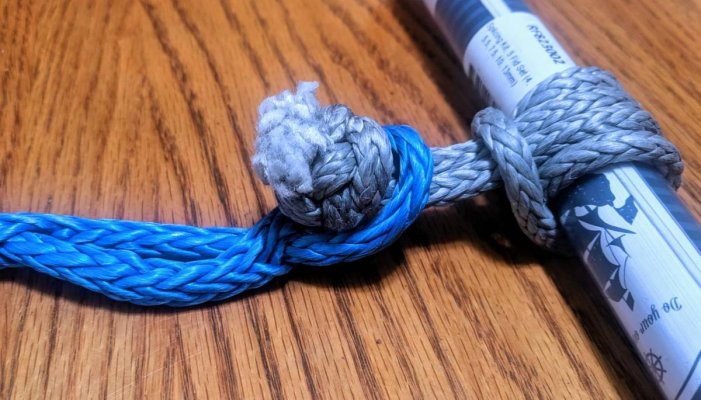rgano
Guru
- Joined
- Oct 8, 2007
- Messages
- 5,201
- Location
- Panama City area
- Vessel Name
- FROLIC
- Vessel Make
- Mainship 30 Pilot II since 2015. GB-42 1986-2015. Former Unlimited Tonnage Master
Now you’ve done it! You mentioned the Iowa—my favorite warship of all time—and forced me into thread drift.
I am actually in that photo shot by one of the three Army Hueys we were carrying off the west coast of Nicaragua in 1985 while I was the Weapons Department Head. President Duarte of El Salvador was standing nearby. So to head off complaints about thread drift into non-boating/trawler stuff, I am always available at richgano@gmail.com for any additional info.


